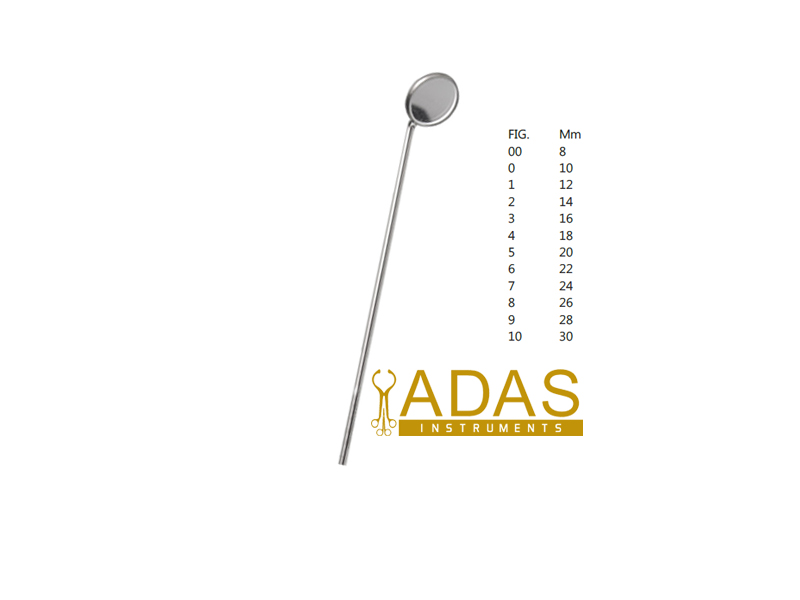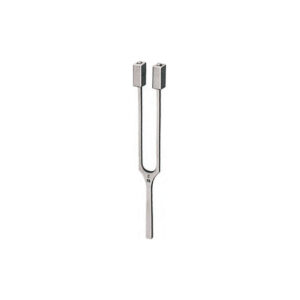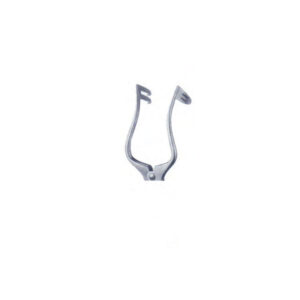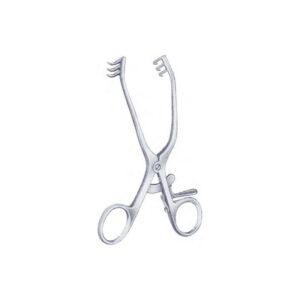LARYNGEAL MIRRORS FIG 00 to 10
$ 5.00
| Weight | 0.04 kg |
|---|---|
| Select Fig | Fig 0, Fig 00, Fig 1, Fig 10, Fig 2, Fig 3, Fig 4, Fig 5, Fig 6, Fig 7, Fig 8, Fig 9 |
Be the first to review “LARYNGEAL MIRRORS FIG 00 to 10” Cancel reply
Related products
$ 4.00 – $ 16.00
$ 14.00 – $ 24.00












Reviews
There are no reviews yet.